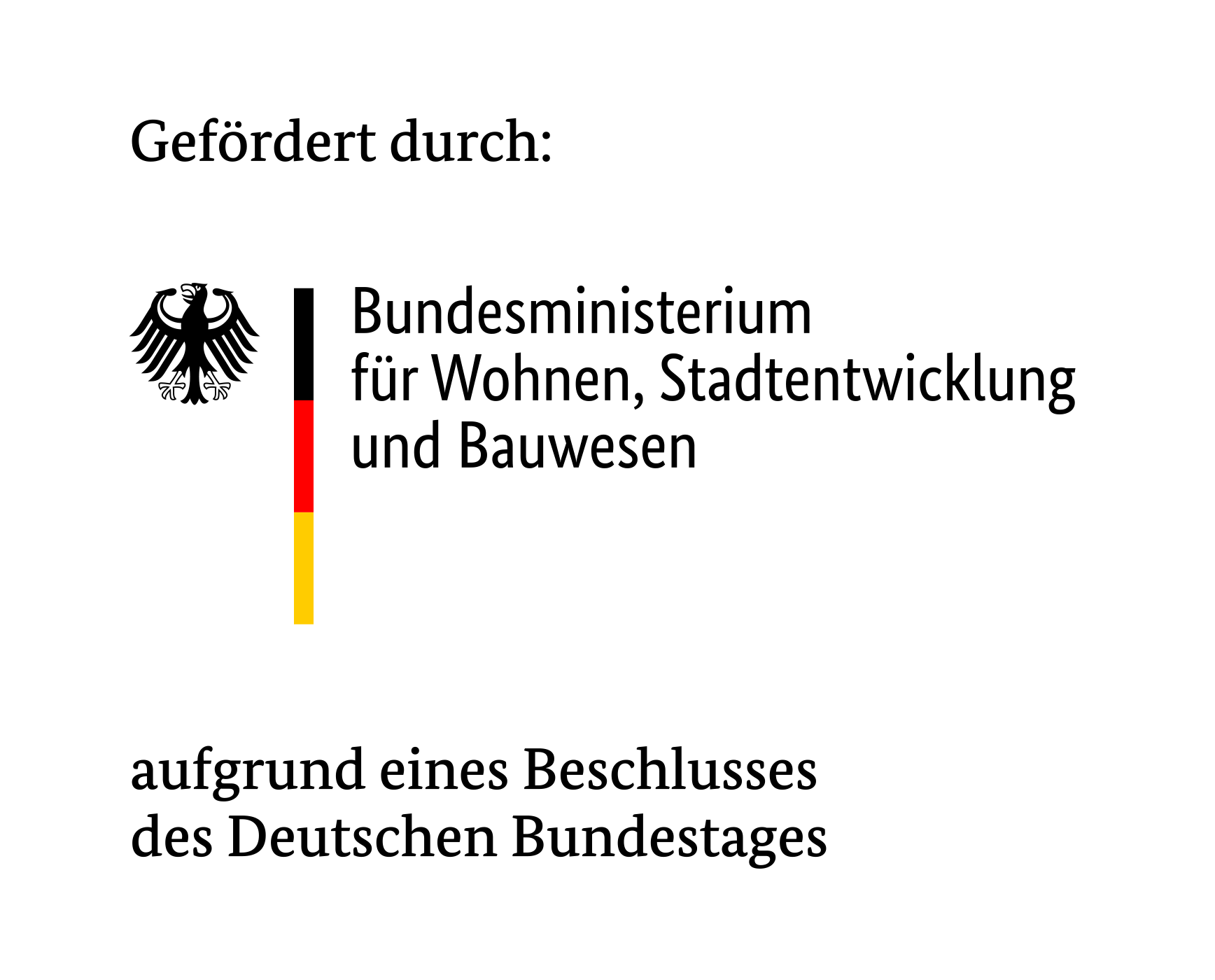"Giving priority to the bad prognosis over the good is acting responsibly with regard to future generations." This is how Hans Jonas defined the principle of precaution (Jonas, 2014).
The massive use of plastics (368 million tonnes worldwide in 2019) has led to one of the biggest global problems, roughly equivalent to climate change (Fraunhofer Institute Umsicht, 2018). Accordingly, plastics are now found not only in all environmental compartments, but also in lymph nodes of brown hares (Romana Hornek-Gausterer, 2021) or in the placenta of human babies (Antonio Ragusa, 2021). Once produced, plastics can no longer be completely removed. Even after burning in waste incineration plants, some remains as microplastics in the slag (Han Yang, 2021).
The release of plastics on construction sites is the sixth largest input pathway of microplastics into the environment (FraunhoferInstitut Umsicht, 2018). The development of indicators for building products that reflect the real hazards and risks of plastics throughout their life cycle based on current scientific data is the order of the day, not least because of the precautionary principle. Applied to building products, similar to a life cycle assessment, such indicators can effectively promote sustainable building. In a simple publicly accessible database, building products can be compared and thus promote public awareness of the problem and support architects, planners, builders and decision-makers in putting sustainable building into practice.








